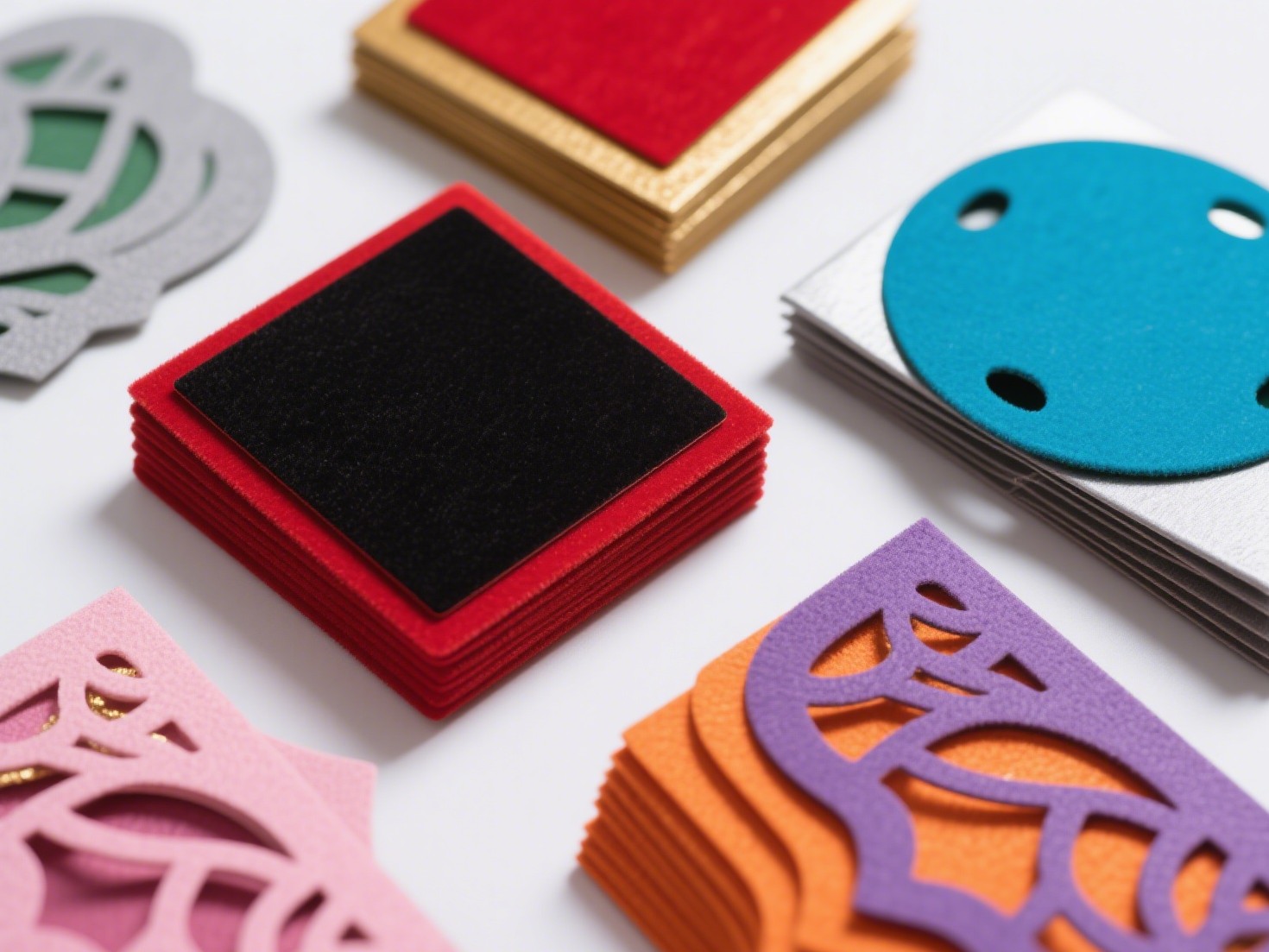In the ever-evolving landscape of fashion, understanding what clothing is most popular in America requires a multifaceted approach. From cultural influences to seasonal trends, the American wardrobe reflects a diverse tapestry of styles, preferences, and lifestyles. This article delves into the current trends in American clothing, examining key factors that shape these choices, and providing insights for consumers and industry professionals alike.
The Influence of Cultural Diversity
One of the most significant aspects of American fashion is its cultural diversity. The United States is a melting pot of cultures, each contributing unique styles and preferences. For instance, urban streetwear, heavily influenced by hip-hop culture, has gained immense popularity, particularly among younger demographics. Brands like Supreme and Off-White have become household names, representing a blend of art, fashion, and social commentary.
Conversely, traditional American styles, such as denim jeans and flannel shirts, continue to hold their ground. These staples are not only practical but also evoke a sense of nostalgia, connecting wearers to the country’s historical roots. The resurgence of vintage clothing, driven by sustainability trends, further emphasizes the importance of cultural heritage in contemporary fashion choices.
Seasonal Trends and Climate Considerations
American fashion is also heavily influenced by seasonal changes. The country experiences a wide range of climates, from the tropical warmth of Florida to the frigid winters of the Northeast. As a result, clothing preferences vary significantly across regions and seasons.
In the summer months, lightweight fabrics such as cotton and linen dominate the market. Casual wear, including t-shirts, shorts, and sundresses, becomes increasingly popular as Americans seek comfort in the heat. Brands like Patagonia and REI have capitalized on this trend by offering eco-friendly options that appeal to environmentally conscious consumers.
As autumn approaches, layering becomes essential. Popular items include cardigans, lightweight jackets, and scarves. The fall season also sees a surge in demand for boots, with styles ranging from ankle to knee-high, reflecting both fashion and functionality.
Winter fashion in America often revolves around outerwear, with puffer jackets, parkas, and wool coats taking center stage. Accessories such as beanies and gloves become essential, and brands like North Face and Columbia thrive during this season, catering to both style and warmth.
The Rise of Athleisure
In recent years, the athleisure trend has transformed the American clothing landscape. This hybrid style, which combines athletic wear with casual fashion, has gained traction among consumers seeking comfort without sacrificing style. Brands like Lululemon and Nike have successfully tapped into this market, offering versatile pieces that can transition from the gym to everyday activities.
The popularity of athleisure can be attributed to several factors, including the increasing focus on health and wellness, as well as the rise of remote work. As more Americans prioritize comfort in their daily attire, the demand for stylish yet functional clothing continues to grow.
Sustainability and Ethical Fashion
Another significant trend shaping American clothing choices is the growing awareness of sustainability and ethical fashion. Consumers are becoming more discerning about the brands they support, favoring those that prioritize eco-friendly practices and fair labor conditions. This shift has led to the emergence of sustainable fashion brands, such as Reformation and Everlane, which emphasize transparency and responsible sourcing.
As a result, vintage and second-hand shopping has surged in popularity, with platforms like Poshmark and Depop facilitating the resale of pre-owned clothing. This trend not only promotes sustainability but also allows individuals to express their unique style through curated, one-of-a-kind pieces.
Conclusion: The Future of American Fashion
As we look to the future, it is clear that the landscape of American fashion will continue to evolve. The interplay of cultural influences, seasonal trends, and a growing emphasis on sustainability will shape the clothing choices of consumers across the nation. For industry professionals, staying attuned to these trends is essential for success in a competitive market.



+ There are no comments
Add yours